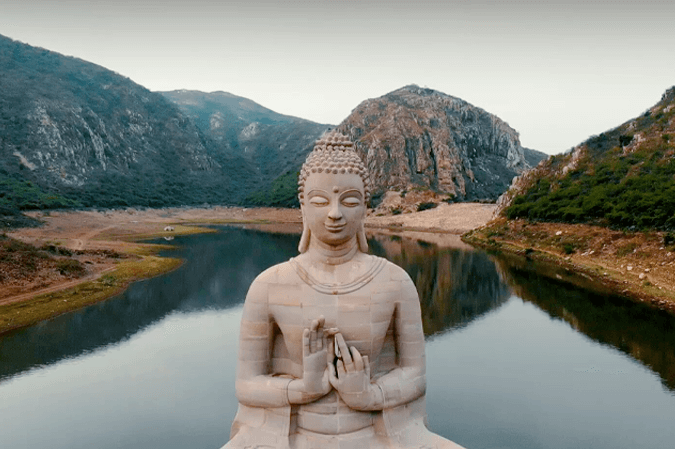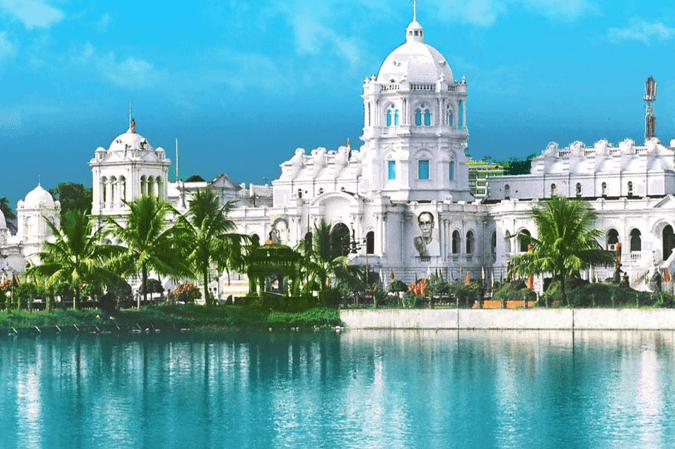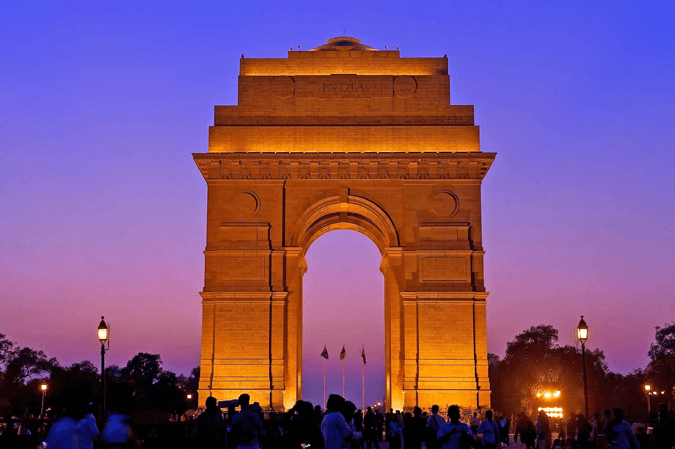1. History:
Bihar, one of the oldest inhabited places in the world, has a rich historical and cultural legacy. It was the center of major empires such as the Maurya and Gupta empires and a major site for learning and culture during ancient India. The region has been home to some of the most significant figures in Indian history, including Lord Buddha, Mahavira, and Emperor Ashoka. The Nalanda University, one of the oldest universities in the world, was located here.
2. Landscape and Area:
- Area: Bihar covers an area of about 94,163 square kilometers, making it the 13th largest state in India.
- Landscape: The state is primarily a vast stretch of fertile plains. The Ganges River, which flows through the middle of Bihar from west to east, divides the state into two regions – North Bihar and South Bihar. The north is prone to floods, while the south is more drought-prone. The land is fertile, making agriculture a major occupation.
3. Climatic Conditions:
Bihar experiences a subtropical climate with hot summers, cold winters, and a monsoon season.
- Summer (March to June): Temperatures can soar up to 40°C (104°F) or more.
- Monsoon (July to September): The state receives a good amount of rainfall, which is crucial for agriculture.
- Winter (October to February): Temperatures drop to as low as 5°C (41°F) in the coldest months.
4. Historical Places:
- Nalanda: An ancient center of learning and one of the first residential universities in the world.
- Bodh Gaya: The place where Siddhartha Gautama attained enlightenment and became Buddha.
- Rajgir: An ancient city with significant historical and religious importance, associated with both Buddhism and Jainism.
- Vaishali: The birthplace of Lord Mahavira and an important center of trade and learning in ancient times.
- Patna: The state capital, with historical sites like Golghar, Patna Sahib Gurudwara, and Patna Museum.
5. Festivals:
- Chhath Puja: The most important festival in Bihar, dedicated to the Sun God, Surya.
- Makar Sankranti: Celebrated with kite flying and special foods like tilkut and chura-dahi.
- Holi and Diwali: Popular Hindu festivals celebrated with great enthusiasm across the state.
- Sama Chakeva: A festival celebrated by the women of the state to honor the brother-sister relationship.
6. Environment:
- Flora and Fauna: Bihar has a variety of natural resources, including forests that are home to diverse species of flora and fauna. The Valmiki National Park is a significant wildlife sanctuary, home to tigers, deer, and various bird species.
- Challenges: The state faces environmental challenges like deforestation, soil erosion, and pollution. Efforts are ongoing to preserve its natural heritage through afforestation and conservation programs.
7. Society:
- Demographics: Bihar is one of the most populous states in India, with a population of over 120 million people. It has a high population density and a diverse culture with various languages spoken, including Hindi, Bhojpuri, Maithili, and Magahi.
- Economy: The economy is primarily agrarian, with rice, wheat, and maize being the main crops. However, the state is also making strides in industrialization and education.
- Education: Bihar has been focusing on improving its educational infrastructure. The literacy rate has been improving, with a focus on primary education and female literacy.
8. Interesting and Hidden Facts:
- Birthplace of Two Major Religions: Bihar is the birthplace of Buddhism and Jainism, two major world religions.
- World’s Oldest University: The ruins of Nalanda University, which dates back to the 5th century, are in Bihar.
- World’s Tallest Stupa: The Kesaria Stupa in Bihar is the tallest Buddhist stupa in the world.
- Rich in Folklore: Bihar has a rich tradition of folklore and folk music, with Bhojpuri cinema (also known as Bhojiwood) being a significant cultural aspect.
Sources:
- “Bihar State Profile” – Government of Bihar Official Website
- “India: A History” by John Keay
- “The Penguin History of Early India: From the Origins to AD 1300” by Romila Thapar
- National Geographic’s article on “Nalanda: The World’s First Residential University.”
- The Ministry of Environment, Forest and Climate Change, India.
- Image Source: gstatic



